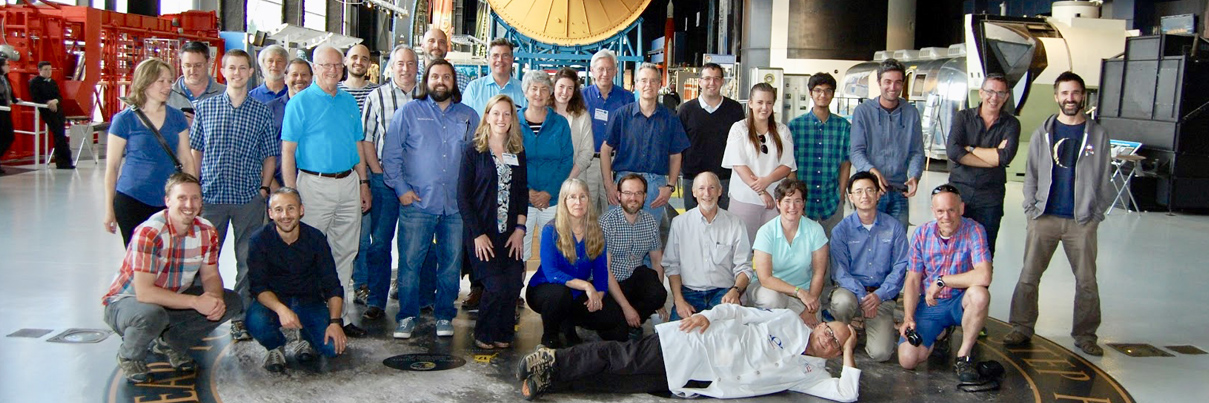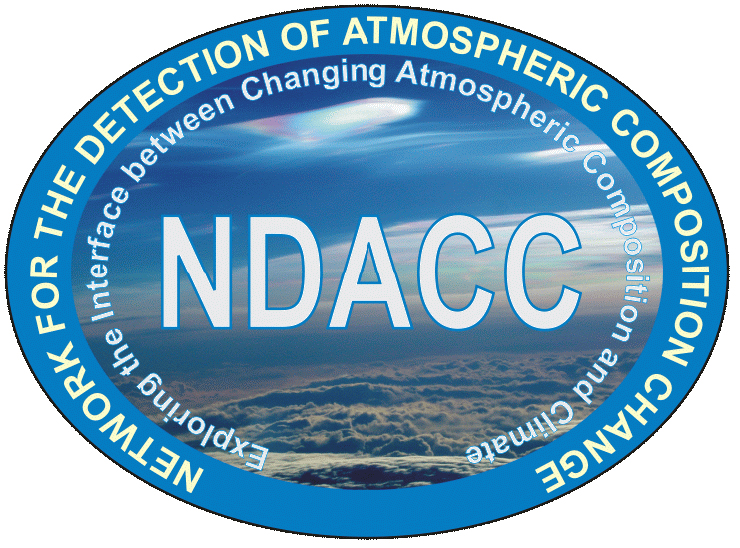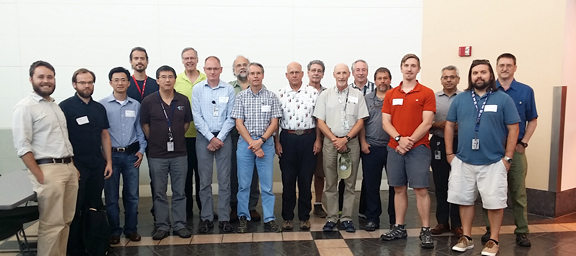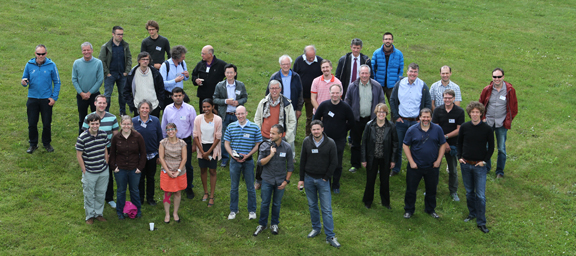
TOLNET MEETING
The Tropospheric Ozone Lidar Network (TOLNet) is a North American observation network of ozone lidars to provide high resolution of ozone profiles from near-surface up to tropopause for satellite validation, model evaluation, and scientific research (http://www-air.larc.nasa.gov/missions/TOLNet/). Particularly, these ozone measurements will serve to validate NASA’s first Earth Venture Instrument mission, Tropospheric Emissions: Monitoring Pollution (TEMPO), planned to launch in 2019. TOLNet currently consists of five ozone lidars across the U.S. and one in Canada: the Table Mountain tropospheric ozone differential absorption lidar (DIAL) at NASA’s JPL, the Tunable Optical Profiler for Aerosol and oZone (TOPAZ) lidar at NOAA’s ESRL, the Rocket-city Ozone Quality Evaluation in the Troposphere (RO3QET) lidar at the UAH, the TROPospheric OZone (TROPOZ) DIAL at NASA’s GSFC, the Langley Mobile Ozone Lidar (LMOL) at NASA’s LaRC, and the Autonomous Mobile Ozone Lidar Instrument for Tropospheric Experiments (AMOLITE) at Environment and Climate Change Canada.

NDACC MEETING
The international Network for the Detection of Atmospheric Composition Change (NDACC) is composed of more than 70 high-quality, remote-sensing research stations for observing and understanding the physical and chemical state of the stratosphere and upper troposphere and for assessing the impact of stratosphere changes on the underlying troposphere and on global climate (http://www.ndsc.ncep.noaa.gov/). As part of this network, more than thirty ground-based Lidar instruments, deployed worldwide from pole to pole, are monitoring atmospheric ozone, temperature, aerosols, water vapor, and polar stratospheric clouds. This network is an essential component to testing and validating atmospheric measurements from satellites, supporting scientific field campaigns, and improving models of the atmosphere.


